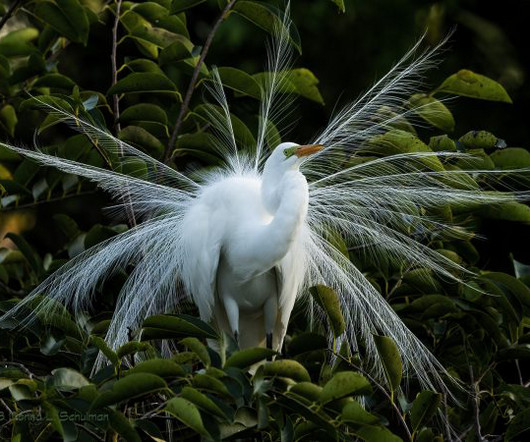The Eurasian Collared-Dove Explosion: Coming to a Town Near You!
10,000 Birds
JULY 23, 2014
This next map is data from 2007 through 2008. They feed from grain storage and spillage areas, livestock yards, and bird feeders. And the last one shows the stats from 2013 to the present.
















Let's personalize your content